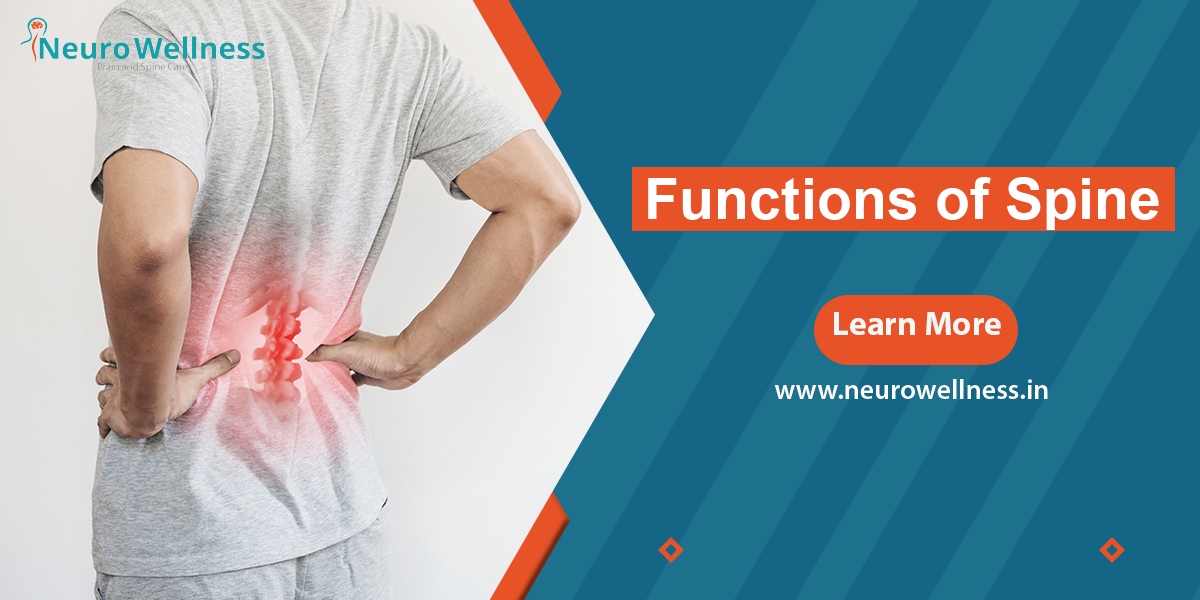Back pain is one of the most common health issues worldwide yet, many patients wonder “Do I really need an MRI?”
At Neurowellness Bangalore, we often see patients who either delay diagnosis or rush into scans without understanding what’s truly necessary.
An MRI (Magnetic Resonance Imaging) is a powerful, non-invasive diagnostic tool that gives doctors a detailed look at your spine’s bones, discs, and nerves. But knowing when it’s needed — and when it’s not — can make all the difference in recovery, cost, and peace of mind.
In this guide, we’ll help you understand exactly when an MRI is needed, what it can reveal, and when it might not be necessary at all. You’ll also learn about MRI costs in Bangalore, what to expect during the scan, and how to book a fast, hassle-free appointment.
This blog is written with real patient concerns in mind and supported by the latest diagnostic recommendations.
Whether you’re just exploring options or preparing for a scan, this guide offers practical, trustworthy insights to help you make informed decisions about your spine health.
What MRI Actually Shows in Back Pain
MRI uses strong magnetic fields and radio waves to produce high-resolution images of the spine.
It helps identify:
• Disc herniation or prolapse pressing on spinal nerves
• Degenerative disc disease or worn-out cushioning between vertebrae
• Spinal canal narrowing (stenosis) causing pain or leg numbness
• Tumors, infections, or inflammation affecting spinal structures
• Post-surgical changes to assess healing or complications
Unlike X-rays, MRIs show soft tissues nerves, muscles, and discs giving a complete picture of what’s really causing your pain.

Dr. Ganesh Veerabhadraiah
Consultant – Neurosurgeon, Neurointerventional Surgery, Spine Surgeon (Neuro)
23+ Years Experience Overall (17+ years as Neuro Specialist)
Available for Consultation: Jayanagar 9th Block & Kauvery Hospital, Electronic City
When You Actually Need an MRI (And When You Don’t)
MRI scans are incredibly useful, but not always necessary. In fact, clinical guidelines suggest that many cases of back pain can be treated without imaging especially if they improve within a few weeks. However, there are situations where an MRI becomes essential.
✅ You Should Consider an MRI If You Have:
• Severe or persistent lower back painlasting more than 6 weeks
• A sensation of pins and needles or loss of feeling in the lower limbs, which may indicate nerve-related issues.
• Muscle weakness, difficulty walking, or loss of balance
• Bowel or bladder control issues(a red flag for conditions like cauda equina syndrome)
• History of cancer, trauma, or recent infectionalong with back pain
• Previous surgeryand your symptoms have returned or worsened
These are known as red-flag symptoms, and according to MedlinePlus, they often warrant advanced imaging like MRI to identify underlying causes such as disc herniation, spinal tumors, or serious nerve compression.
🚫 MRI Not Needed for Back Pain If:
• Your pain is mild to moderate and improving with rest, stretching, or therapy
• You have no neurological symptoms(like numbness or weakness)
• You’ve had less than 4 to 6 weeks of discomfort with no worsening
Your discomfort is under control through non-surgical treatments such as guided exercises or physical therapy.
Read more :Should You Sleep on the Floor or Bed for Spine Health?
Interpreting MRI Reports – What It Really Means
An MRI report can look intimidating—especially when you come across terms like “disc bulge,” “degeneration,” or “nerve impingement.” But here’s the truth: many of these findings are completely normal with age and don’t always mean you need surgery.
Common Terms You Might See:
• Disc bulge:A common age-related change that often causes no symptoms
• Spinal degeneration: Natural wear and tear in spinal discs, usually seen in adults over 30
• Nerve impingement: May sound serious, but unless it correlates with weakness, numbness, or severe pain, it might not need surgical treatment
• Herniated disc scan findings: Often found in people who don’t even have pain
A 2025 review published in the Indian Journal of Spine Surgery says that over 70% of people over 40 show signs of spinal degeneration on MRI—even without symptoms.
Don’t Let the MRI Scare You (Nocebo Effect)
Reading technical MRI terms without a doctor’s explanation can increase anxiety. This is called the “nocebo effect”—where negative expectations lead to worsening symptoms.
To avoid this:
• Always review your MRI with a qualified Spine specialist
• Ask how your symptoms relate to the report
Don’t make assumptions based on Google searches or isolated findings
What Happens After the MRI?
Getting an MRI is just one part of the journey—it shows what’s going on, but what comes next depends on how those findings relate to your symptoms. Not all back pain needs surgery. Many individuals experience significant improvement through non-surgical care approaches.
Conservative Treatment Comes First
If your MRI shows mild disc bulge, early degeneration, or no nerve compression, your doctor may suggest:
• Physiotherapy to strengthen core muscles and improve posture
• Pain-relieving medications(anti-inflammatories or muscle relaxants)
• Lifestyle adjustments, ergonomic support, and guided exercises
• Spinal injections in specific cases for pain management
These treatments aim to relieve pain, restore mobility, and prevent the issue from worsening—without surgical intervention.
When Is Surgery Considered?
Doctors usually consider surgical intervention only when the following conditions apply:
• There is significant pressure on the nerves leading to persistent loss of sensation or muscle strength.
• Sudden difficulty with urination or bowel movements may signal a critical condition that needs urgent care.
• Conservative treatment fails after 6–8 weeks and MRI confirms a surgical issue (e.g., large herniated disc, spinal stenosis)
In such cases, minimally invasive procedures like microdiscectomy or decompression may be advised based on your condition.
Book a Post-MRI Consultation
An MRI is only meaningful when interpreted in the context of your symptoms. If you’ve completed your scan and want to understand your next steps, our specialists at Neurowellness are here to help.
Book a consultation today to get a customized treatment plan—whether it’s rehab or surgical care.
MRI Anxiety, Alternatives & Latest Technology
If the idea of lying still in a narrow tube makes you nervous, you’re not alone. Many patients experience anxiety or claustrophobia during a traditional MRI scan. The good news is that safer, more comfortable alternatives now exist—without compromising image quality.
🌀 Open MRI for Claustrophobic Patients
An open MRI for back pain in Bangalore is a great option if you’re claustrophobic, elderly, or simply uncomfortable in enclosed spaces. These machines offer:
• A more open design with better airflow
• Less noise and a relaxed scanning environment
• Similar diagnostic accuracy for spine and nerve issues.
Sedation Options
If an open MRI isn’t available or your anxiety is severe, mild sedation or anti-anxiety medication may be offered under medical supervision. This ensures you stay still and calm during the scan, leading to better image quality.
🚀 Latest Advancements in MRI Technology
Modern imaging has come a long way. Today, some centers use advanced tools like:
• Weight-bearing MRI (Upright MRI):Helps detect spinal issues that only appear when you’re standing or sitting. Particularly useful for sciatica, spinal instability, or posture-related pain.
• AI MRI interpretation: Some diagnostic centers use AI-assisted scan analysis to highlight abnormalities quickly, improving report accuracy and reducing human error.
These technologies may not be available everywhere, but they will gain popularity in top-tier hospitals and radiology centers.
Need help choosing the right MRI type? Talk to us orbook a consultation today.
Conclusion: Don’t Panic — Get Clarity
Being advised to get an MRI for back pain can feel overwhelming—but it doesn’t have to be. Remember, not every scan leads to surgery. In most cases, an MRI helps your doctor confirm the cause of your discomfort and guide the right treatment—whether it’s physiotherapy, medication, or further evaluation.
If you’re in Bangalore, Neurowellness Brain & Spine Care Clinic offers expert-reviewed MRI scans, fast reporting, and compassionate care to ensure you’re not left confused by your report or rushed into unnecessary procedures.
FAQs
1. Is an MRI necessary for back pain?
Not always. Most cases of back pain improve with rest, therapy, or medication. An MRI is typically recommended if your symptoms last more than 6 weeks or include red flags like numbness, weakness, or loss of bladder/bowel control.
2. What does an MRI show that X-rays don’t?
An MRI provides detailed images of soft tissues like discs, nerves, and spinal cord—unlike X-rays, which only show bones. It helps detect issues like herniated discs, nerve compression, and inflammation.
3. Can I eat before my MRI scan?
For a routine MRI, there are usually no dietary restrictions beforehand. However, if your doctor has recommended MRI with contrast, fasting may be required.Be sure to adhere to the specific guidelines provided by the facility ahead of your visit.
4. Does an MRI show sciatica?
Yes. An MRI is the best test to detect sciatica by showing if a disc is pressing on the sciatic nerve.This allows doctors to precisely identify where the nerves are being affected.
5. How much does getting an MRI scan typically cost in Bangalore?
The average cost of an MRI for back pain in Bangalore ranges from ₹2,500 to ₹12,500, depending on the facility, type of scan (plain or contrast), and urgency. Some centers offer discounts or insurance coverage.
6. Should you choose an MRI or a CT scan to evaluate back pain?
MRI is better for diagnosing back pain because it shows soft tissues, nerves, and discs clearly. CT scans are typically used for bone injuries or trauma but aren’t as effective for spinal nerve issues.

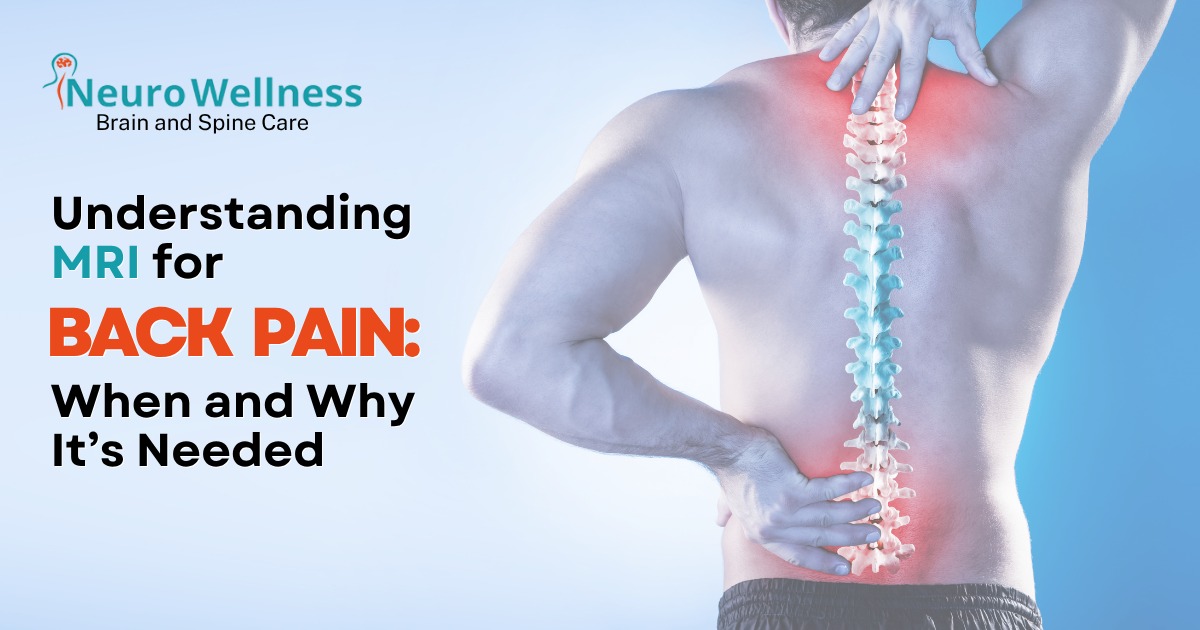
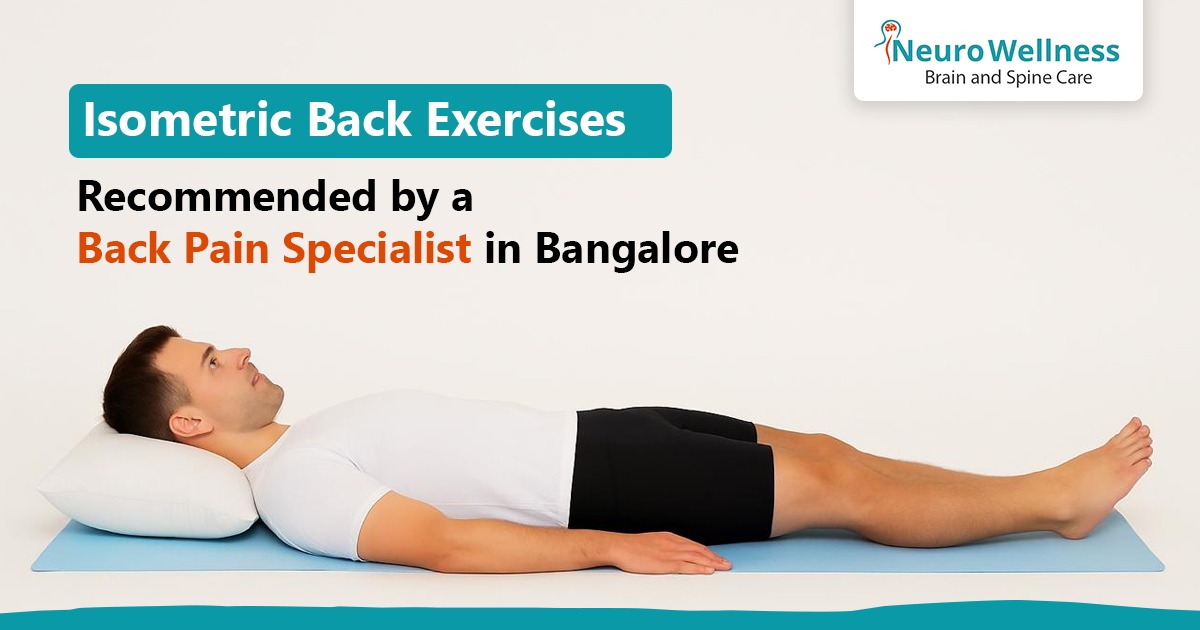
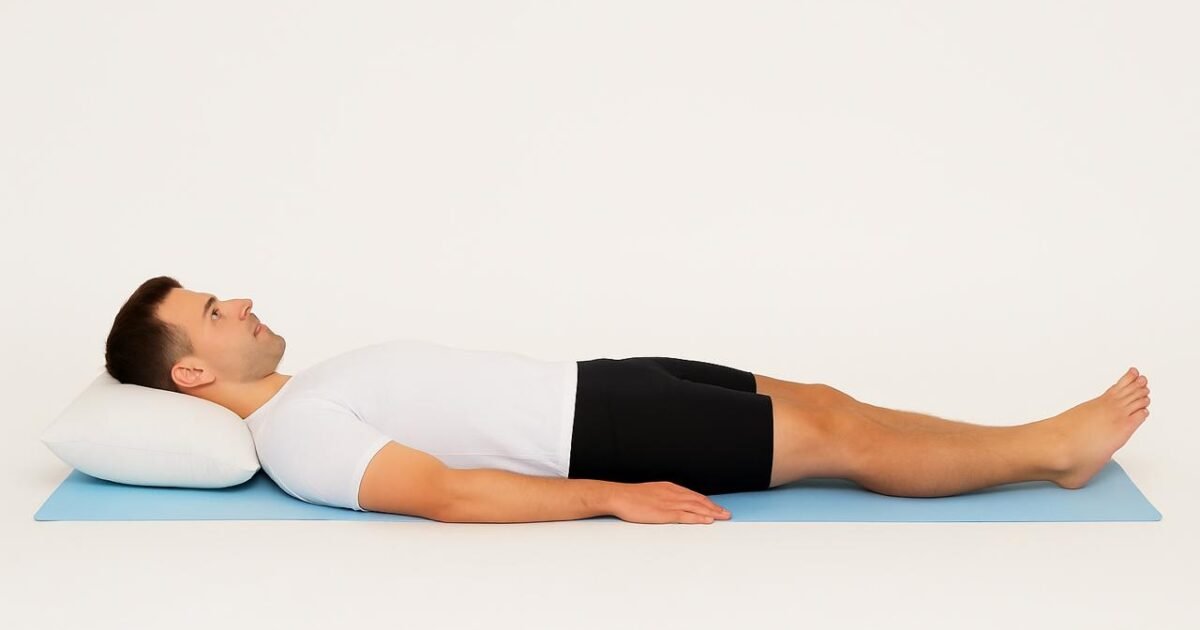
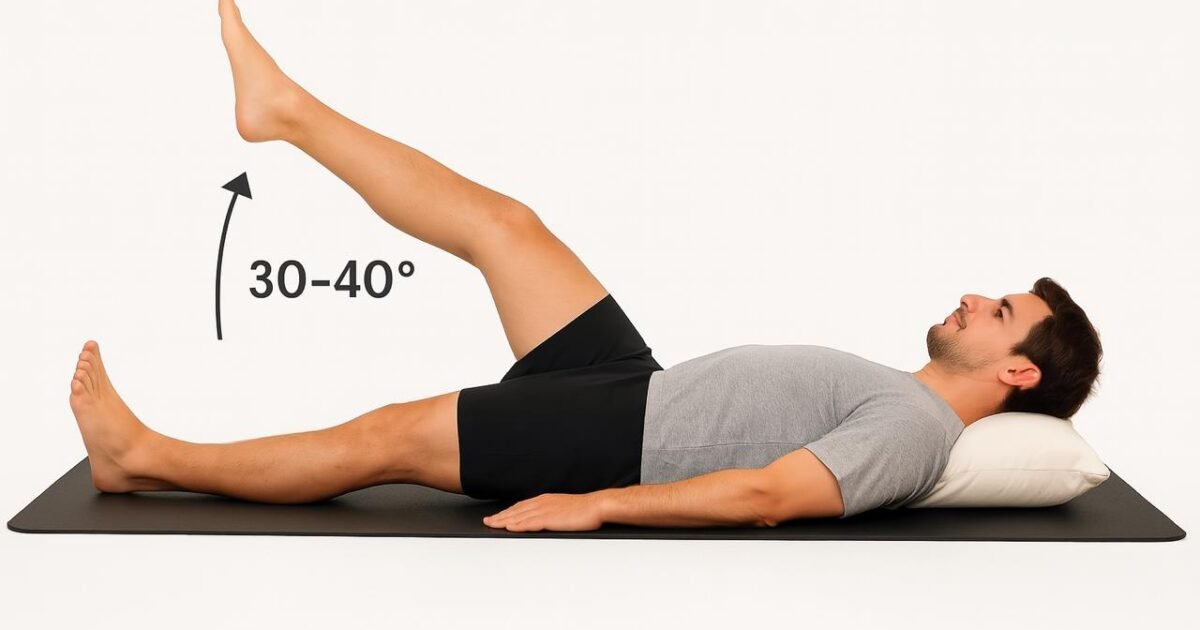
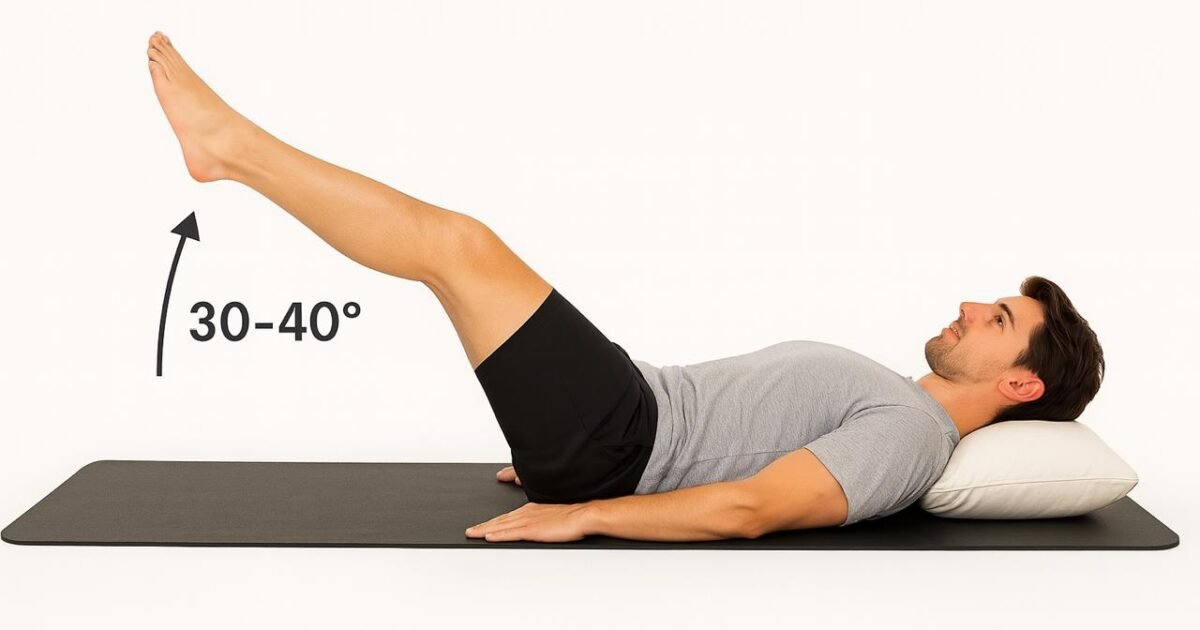


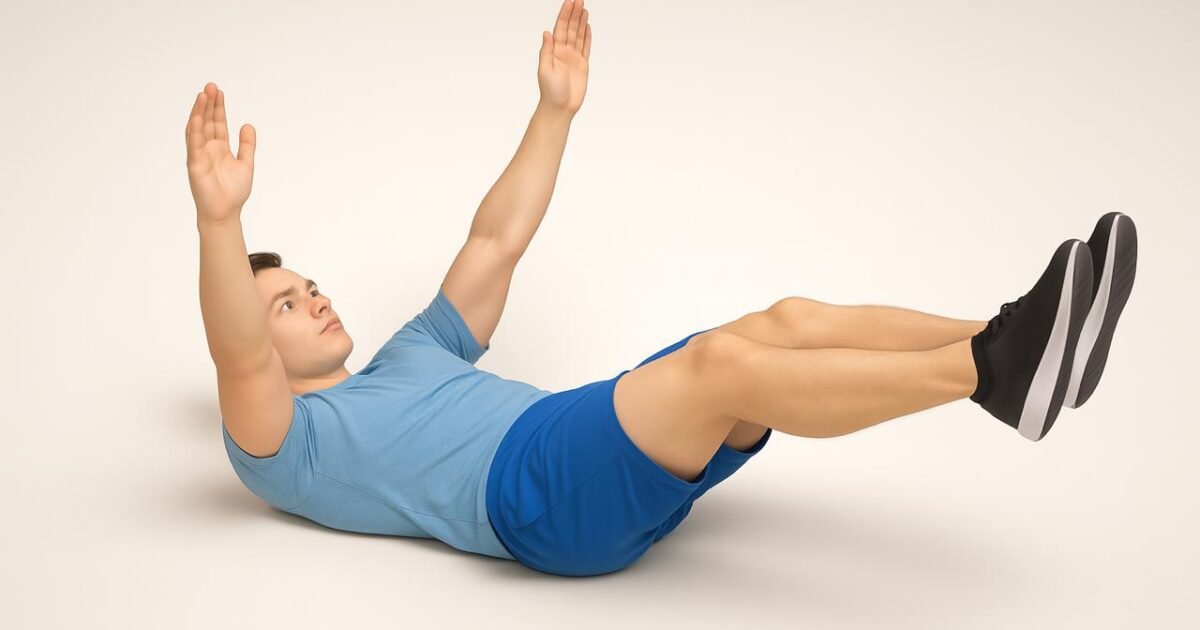




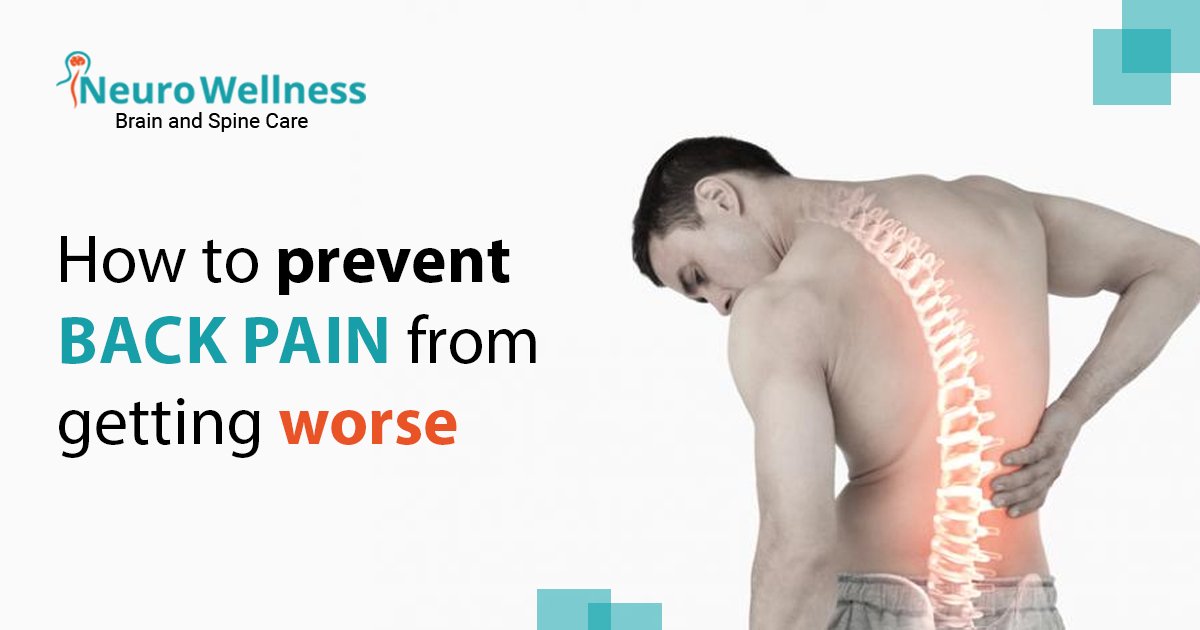

 Piriformis syndrome refers to pain that results from spasms in your piriformis muscle, a sizable muscle situated deep in your buttock. Pyriformis muscle is placed one on each side of waist. Due to hormonal and pregnancy-related changes in the pelvis, women are more affected than men.
Piriformis syndrome refers to pain that results from spasms in your piriformis muscle, a sizable muscle situated deep in your buttock. Pyriformis muscle is placed one on each side of waist. Due to hormonal and pregnancy-related changes in the pelvis, women are more affected than men.
 Women frequently develop osteoarthritis (wear-and-tear arthritis) of the facet joints. With an increase in age and/or weight, the risk increases.
Women frequently develop osteoarthritis (wear-and-tear arthritis) of the facet joints. With an increase in age and/or weight, the risk increases.

